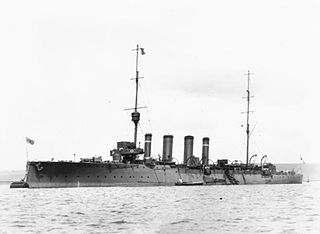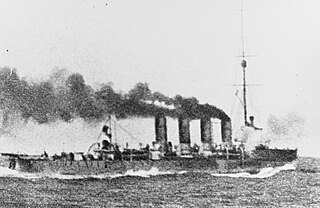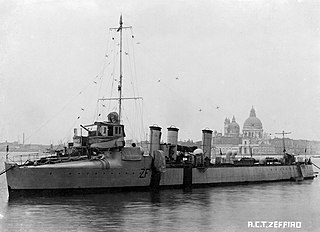 W
WThe U-boat Campaign from 1914 to 1918 was the World War I naval campaign fought by German U-boats against the trade routes of the Allies. It took place largely in the seas around the British Isles and in the Mediterranean. The German Empire relied on imports for food and domestic food production and the United Kingdom relied heavily on imports to feed its population, and both required raw materials to supply their war industry; the powers aimed, therefore, to blockade one another. The British had the Royal Navy which was superior in numbers and could operate on most of the world's oceans because of the British Empire, whereas the Imperial German Navy surface fleet was mainly restricted to the German Bight, and used commerce raiders and unrestricted submarine warfare to operate elsewhere.
 W
WThe Bombardment of Ancona was a naval engagement of the Adriatic Campaign of World War I between the navies of Italy and Austria-Hungary. Forces of the Imperial and Royal Navy attacked and bombarded military and civilian targets all across Ancona in central Italy and several other nearby islands and communities in response to Italy's declaration of war on Austria-Hungary.
 W
WThe First Battle of Durazzo was a naval battle of World War I. It was fought off Durazzo, Albania at the end of December 1915 and involved the navies of Austria-Hungary, the United Kingdom, Italy, and France.
 W
WThe Second Battle of Durazzo, or the Bombardment of Durazzo was a naval battle fought in the Adriatic Sea during the First World War. A large allied fleet led by the Regia Marina attacked the enemy-held port at Durazzo, Albania. The fleet destroyed the Austro-Hungarian shore defenses and skirmished with a small naval force. Allied forces involved primarily were Italian though British, American and Australian warships also participated. It was the largest naval battle the United States participated in during the war. Most of the city was destroyed in the bombardment.
 W
WThe Otranto Barrage was an Allied naval blockade of the Otranto Straits between Brindisi in Italy and Corfu on the Greek side of the Adriatic Sea in the First World War. The blockade was intended to prevent the Austro-Hungarian Navy from escaping into the Mediterranean and threatening Allied operations there. The blockade was effective in preventing surface ships from escaping the Adriatic, but it had little or no effect on the submarines based at Cattaro.
 W
WThe Battle of the Strait of Otranto of 1917 was the result of an Austro-Hungarian raid on the Otranto Barrage, an Allied naval blockade of the Strait of Otranto. The battle took place on 14–15 May 1917, and was the largest surface action in the Adriatic Sea during World War I. The Otranto Barrage was a fixed barrier, composed of lightly armed drifters with anti-submarine nets coupled with minefields and supported by Allied naval patrols.
 W
WThe raid on Porto Buso was an assault launched by the Italian Royal Navy on an Austro-Hungarian naval station and border post located in Porto Buso island, in the Marano-Grado Lagoon, in the first hours of 24 May 1915, the day when the Kingdom of Italy entered World War I on the side of the Entente. The incursion became the first offensive action of the Italian Navy in the conflict, and ended with the destruction of the naval outpost, the sinking of a flotilla of small vessels and the capture of the majority of the Austro-Hungarian garrison. The action eventually resulted in the withdrawal of all Austro-Hungarian forces from the nearby town of Grado and neighbouring islands during the subsequent days.